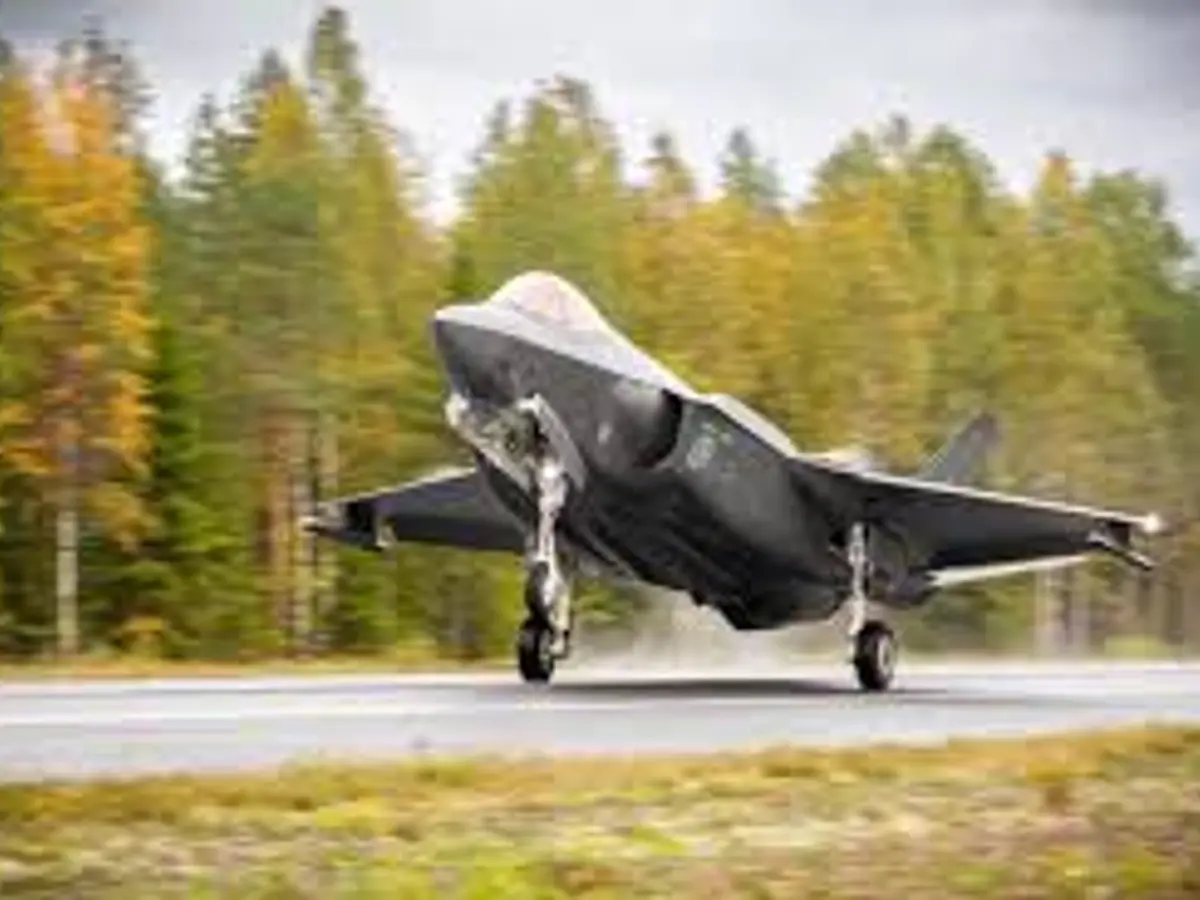Spain has decided to replace its ageing fighter jets with European aircraft instead of buying US-made F-35s, in a move that reflects worsening defence ties with Washington. The Spanish defence ministry told the Financial Times that it plans to rely on the existing Eurofighter and the Future Combat Air System (FCAS), a joint European programme involving France, Germany, and Spain. “The Spanish option consists of the current Eurofighter and the FCAS in the future,” the ministry said.
Trump’s demands on spending add to the tensions
The shift comes months after Donald Trump criticised Spain for refusing to raise its military spending to 5% of GDP by 2035, a demand he made to NATO allies. The US president had called Spain’s stance “terrible”, adding pressure on an already strained relationship. Spain’s decision now sets it apart from other NATO countries, many of which rely heavily on American arms.
Critics in Spain demand answers
The opposition People’s Party has asked Spain’s defence minister, Margarita Robles, to appear before Congress and explain the decision. “We are witnessing yet another example of the Sánchez government’s core doctrine, which prioritises sectarianism and confrontation with the United States over the general interest and even the country’s security,” said senior PP lawmaker Cuca Gamarra. The news was first reported by El País.
Why Spain passed on the F-35
The F-35, developed by Lockheed Martin, is the world’s most advanced long-range stealth jet and serves as the mainstay of several Western air forces. It’s used by the US and 19 allied countries, including non-NATO members like Japan. Spain was previously rumoured to be considering the F-35 for its future fleet, as it prepares to retire AV-8B Harriers and F-18s in the 2030s. However, the government recently opted to buy 25 additional Eurofighters, expanding its current fleet to 115. These jets, though advanced, are classified as 4.5th generation and lack the full capabilities of the F-35.
The Eurofighters are built by Airbus, BAE Systems, and Leonardo, and are assembled at a plant near Madrid. Deliveries are expected between 2026 and 2030.
What is FCAS and why is it a gamble?
Spain is also part of the FCAS programme, which aims to deliver a next-generation combat system by 2040. This project includes a more powerful jet, drone integration, and cutting-edge software. But the programme has been slowed by disputes among its main partners, Airbus, Dassault Aviation, and Indra, raising concernsaboutdelays.
